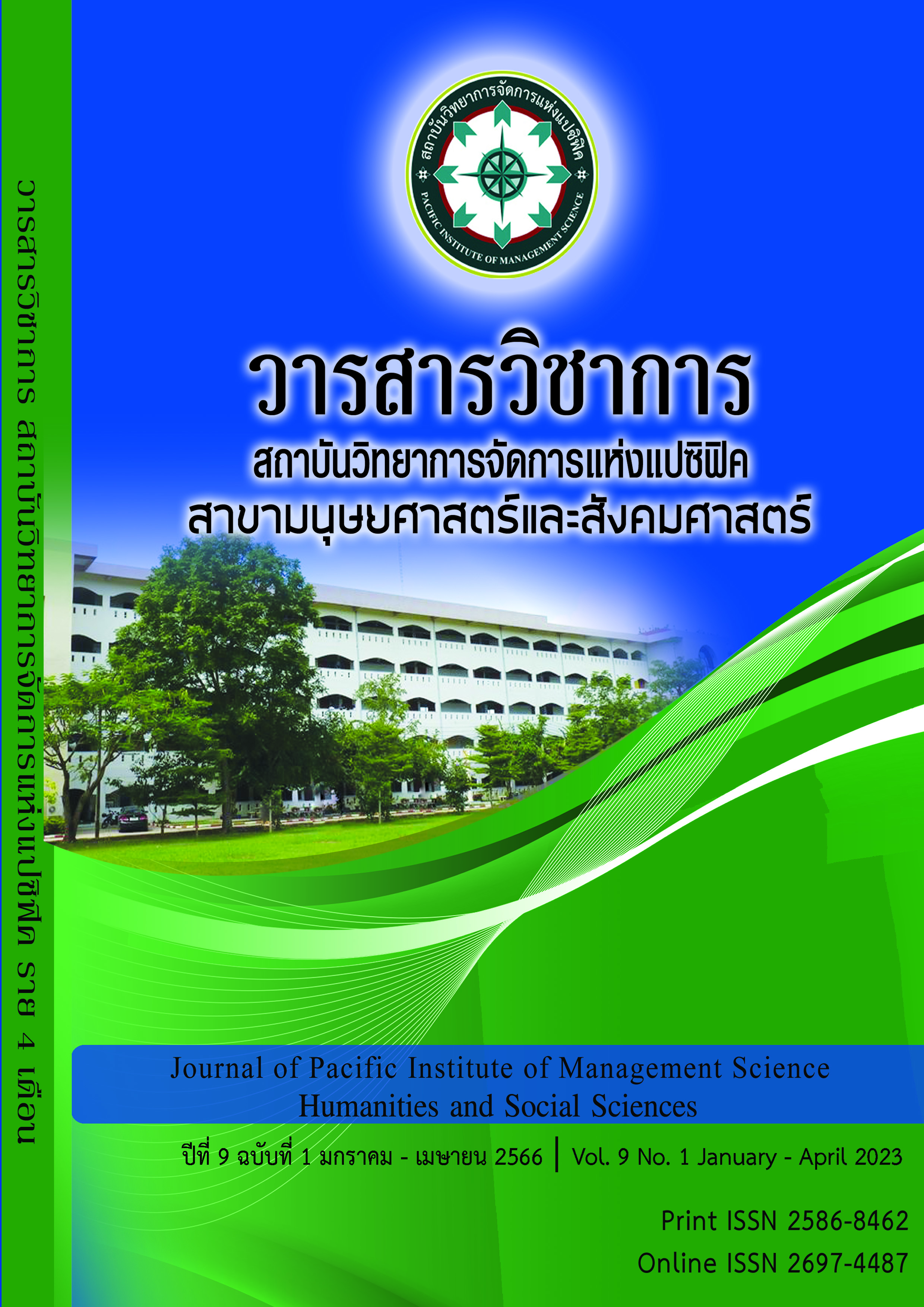An Onomastic Analysis of the Film Assassin’s Creed through a Structural Semiotic Approach
Keywords:
Assassin’s Creed, film analysis, cultural decoding, semiotic approach, onomastic analysisAbstract
This article explores the use of major proper nouns: title, characters, places and objects, in the film: Assassin’s Creed (20th Century Fox: 2016), focusing on the analysis of their origins, connotations and functional roles, on the basis of a structural semiotic approach. It aims to enable to structurally comprehend, and view a literary work in the midst of which social myths are concealed. The systematic invention of these proper nouns functions (1) to deliberately use the linguistic structure in order to convey the narrative connotations to create their verisimilitude and pertinence as well as (2) to form their new signification based on some values of a certain culture, which are continually normalized. Through the narratological process of this film, the proper nouns have been designed and codified for cultural operations. This leads to the “significance of names” in the world of visual industrialism.
References
ตราประจำวันสันติภาพสากล. (2020). https://internationaldayofpeace.org/. Retrieved on 14/05/2020.Baby names: https://nameberry.com/. Retrieved on 18/05/2020.
Fandom: https://hero.fandom.com/wiki/Aguilar_de_Nerha. Retrieved on 14/05/2020.
Online Etymology Dictionary: https://www.etymonline.com/. Retrieved on 06/05/2020.
Oxford Advanced Learner: https://www.lexico.com/definition/creed. Retrieved on 07/05/2
Ahrland, Asa (2014). Raptor and Human – Falconry and Bird Symbolism Throughout the Millennia on a Global Scale. Edited by the ZBSA/Centre for Baltic and Scandinavian Archaeology in the Foundation of the Schleswig-Holstein State Museums, Schloss Gottorf, Schleswig. Schleswig: Murmann Publishers.
Barthes, Roland (1972). Mythologies. Edited and translated by Annette Lavers. New York: Hill and
Wang.
Eco, Umberto (1976). A Theory of Semiotics. Bloomington: Indiana University Press.
Gao Xingjian 高行健 (2001). Taowang 逃亡 (Exile). Taipei: Lianhewenxue 聯合文學.
Greimas, Algirdas Julien (1966). Sémantique Structurale: Recherche de Méthode. Larousse.
Jung, Carl G. (1964). Man and His Symbols. New York: Anchor Press.
Nichols, Bill (ed.) (1976). Movies and Methods. Berkeley: University of California Press.
Downloads
Published
Issue
Section
License
Copyright (c) 2023 Pacific Institute of Management Science

This work is licensed under a Creative Commons Attribution-NonCommercial-NoDerivatives 4.0 International License.
บทความที่ได้รับการตีพิมพ์เป็นลิขสิทธิ์ของ สถาบันวิทยาการจัดการแห่งแปซิฟิค
ข้อความที่ปรากฏในบทความแต่ละเรื่องในวารสารวิชาการเล่มนี้เป็นความคิดเห็นส่วนตัวของผู้เขียนแต่ละท่านไม่เกี่ยวข้องกับสถาบันวิทยาการจัดการแห่งแปซิฟิค และคณาจารย์ท่านอื่นๆในสถาบันฯ แต่อย่างใด ความรับผิดชอบองค์ประกอบทั้งหมดของบทความแต่ละเรื่องเป็นของผู้เขียนแต่ละท่าน หากมีความผิดพลาดใดๆ ผู้เขียนแต่ละท่านจะรับผิดชอบบทความของตนเองแต่ผู้เดียว







